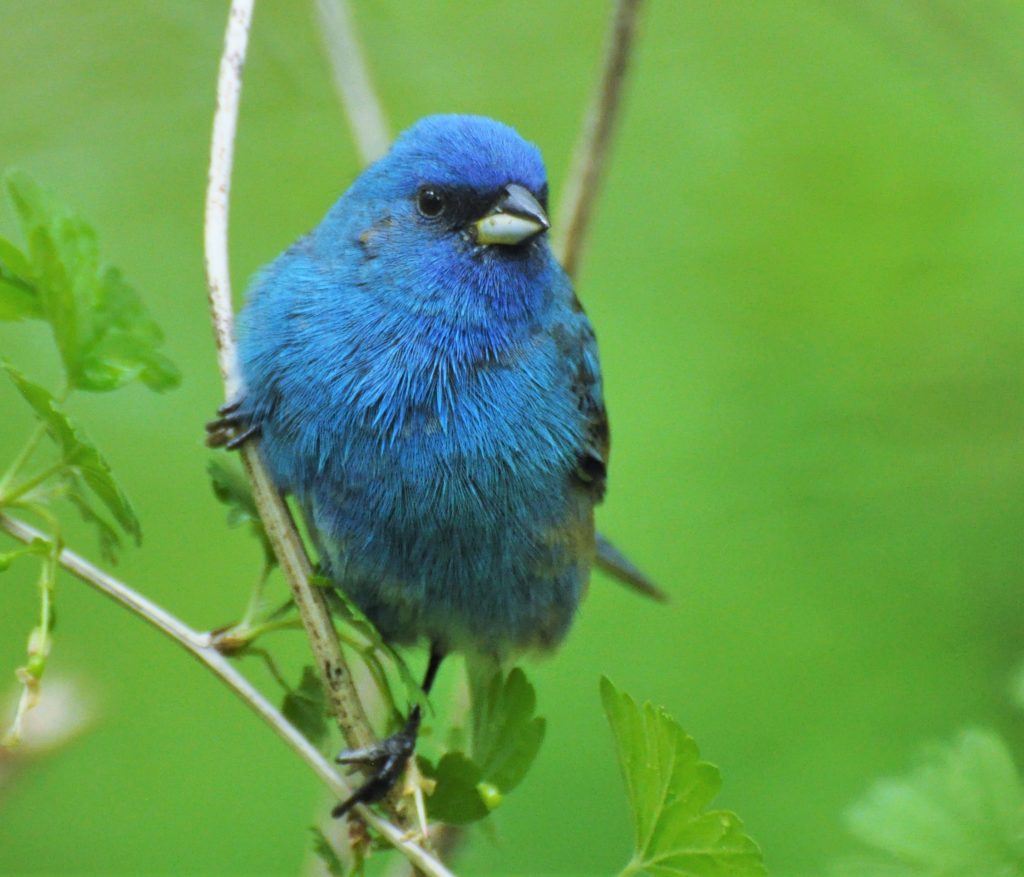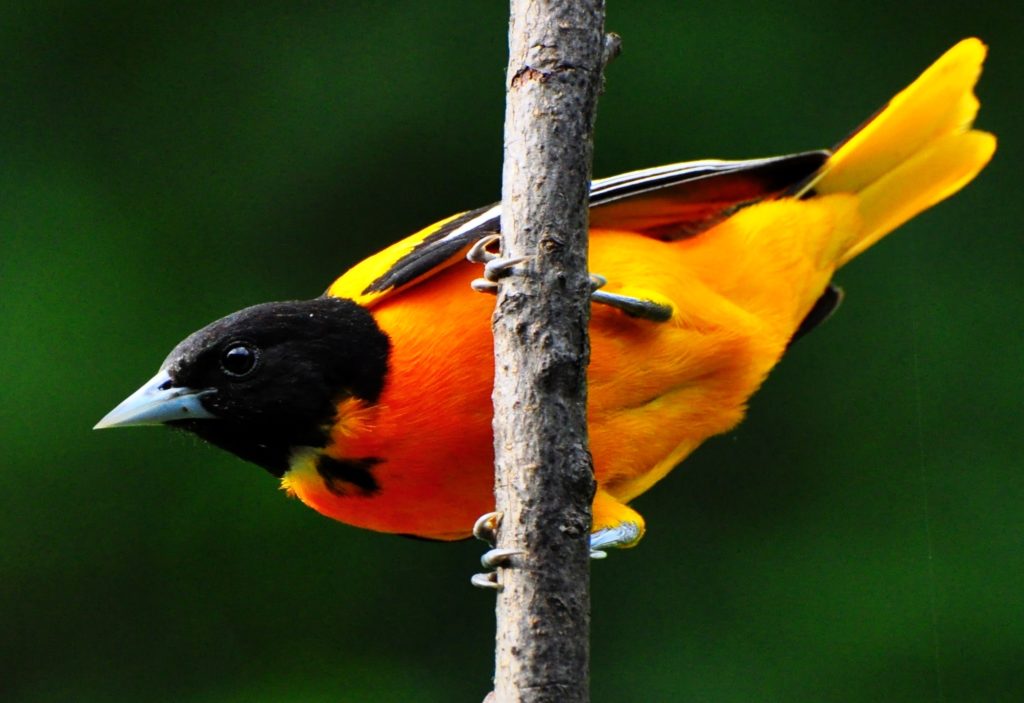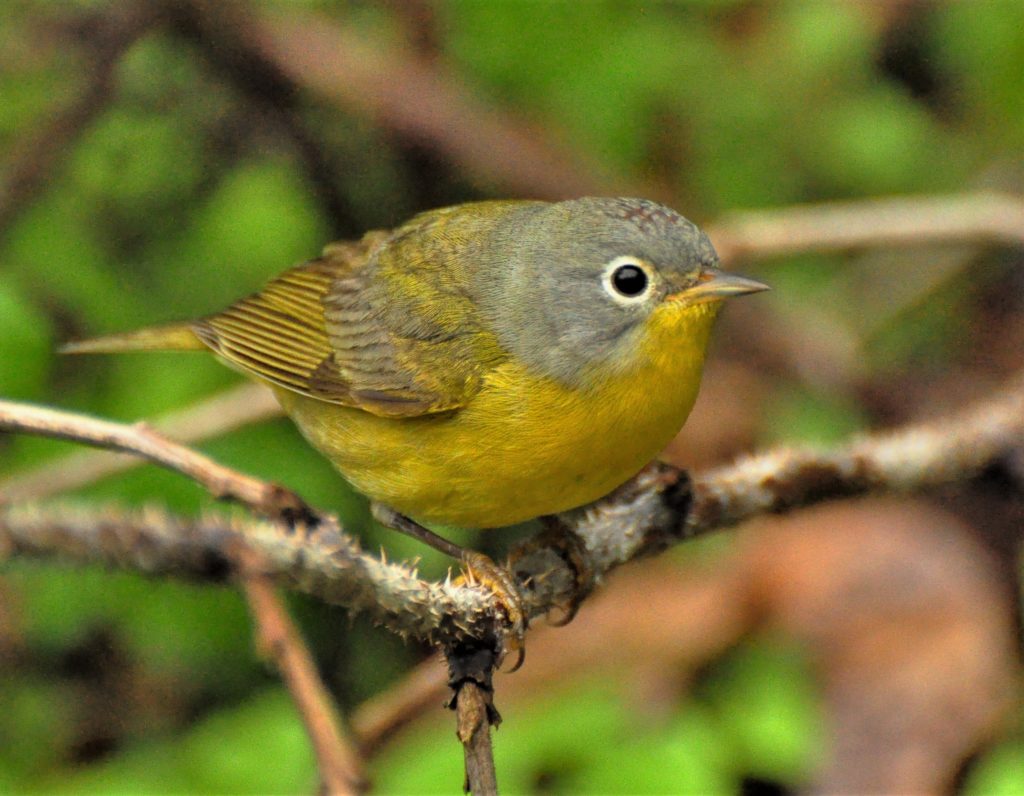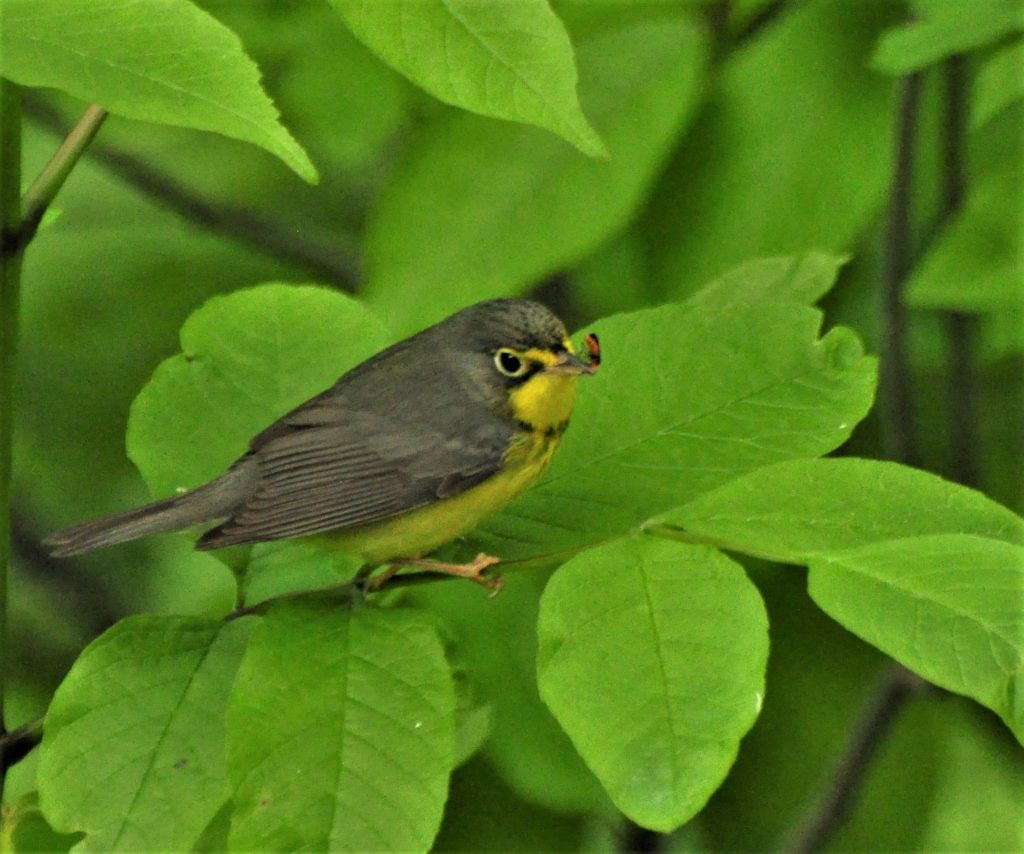Photography courtesy of Lowell Washburn, all rights reserved.
Looking for something to do? Sure, aren’t we all? No matter who or where you are, the ongoing COVID-19 crisis has created some dramatically unwelcome changes in how we live. Most of us are into our third month of physical distancing and we’re all getting a little stir crazy – more than ready to get back to life as we knew it.
There are some bright spots — some things people can still do that make life seem a bit more normal. Getting into and enjoying the out-of-doors, for example, is an activity we can still safely enjoy. Beyond the obvious recreational values, getting outdoors is healthy for body and mind.
For many of us, getting outdoors means looking for birds, and there’s no better time to do that than right now. Migrating songbirds are invading Northern Iowa by the thousands and local woodlands are currently bursting with song and color.

More than 200 bird species nest in or migrate through Iowa each spring. Some species — orioles, tanagers, buntings and grosbeaks — are obvious and hard to miss. Getting a peek at others – such as the more than 30 visiting species of wood warblers – provide greater challenges. In many cases, a quick flash of color through jungle-thick greenery is all you get.

Regardless of which outdoor habitats you choose to explore, there are some basic guidelines that will lead to improved viewing.
Here are my:
Top Five Tips to Better Birding:
1] Getting out of bed and hitting the trails early pays dividends. Most birds are never more active than during the first hours of daylight. Just as the early bird gets the worm; early birders get more sightings. If your primary focus is on warblers, look for spots where the early morning sunlight first penetrates the overhead canopy. As warming, sunlit insects start to become active, hungry warblers will soon arrive.
2] Keep noise and movement to a minimum. Although this may sound like basic common sense – because it is – most folks continually violate both rules; making way too much noise and moving around way too often.

3] Once you find some activity – especially if it is associated with a food source – drop anchor and stay put for a least a half hour. Although you may think remaining motionless in one spot for more than five seconds is not in your DNA, I guarantee that you’ll see a lot more birdlife if you let them come to you instead of you crashing around looking for them. Wearing dark or camouflaged clothing will also increase sightings. For those who want to go all out, black & green face paint will complete your birding wardrobe, rendering you virtually invisible to even the closest of birds.

4] As with real estate, location is everything. Generally speaking, the larger the block of habitat, the greater the numbers and variety of birdlife you’ll find. The well-marked trail systems found in Iowa’s state and county parks offer easy access to some of our finest birding.
5] Last but not least — Don’t forget to bring your binoculars and favorite bird book. There is never a better time to key out a bird than when it’s hopping around at your feet. Published by Golden Press, the Birds of North America is my longtime favorite guidebook. The maps and text are simple, and the superb illustrations are well organized and impeccably accurate.

 Tom Cope
Tom Cope Sue Wilkinson
Sue Wilkinson Susan Judkins Josten
Susan Judkins Josten Rudi Roeslein
Rudi Roeslein Elyssa McFarland
Elyssa McFarland Mark Langgin
Mark Langgin Adam Janke
Adam Janke Joe Henry
Joe Henry Kristin Ashenbrenner
Kristin Ashenbrenner Joe Wilkinson
Joe Wilkinson Dr. Tammy Mildenstein
Dr. Tammy Mildenstein Sean McMahon
Sean McMahon